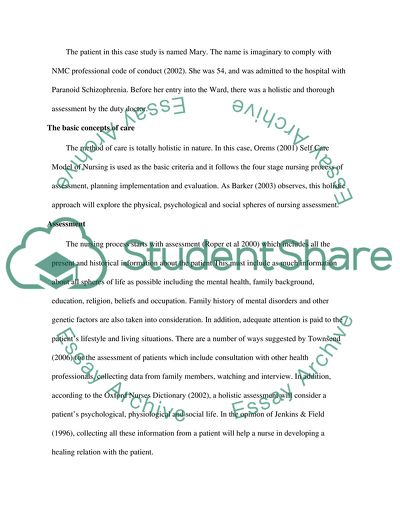Cite this document
(A Chance to Become a Part of a Successful Nursing Team Case Study - 9, n.d.)
A Chance to Become a Part of a Successful Nursing Team Case Study - 9. https://studentshare.org/nursing/1749142-case-study
A Chance to Become a Part of a Successful Nursing Team Case Study - 9. https://studentshare.org/nursing/1749142-case-study
(A Chance to Become a Part of a Successful Nursing Team Case Study - 9)
A Chance to Become a Part of a Successful Nursing Team Case Study - 9. https://studentshare.org/nursing/1749142-case-study.
A Chance to Become a Part of a Successful Nursing Team Case Study - 9. https://studentshare.org/nursing/1749142-case-study.
“A Chance to Become a Part of a Successful Nursing Team Case Study - 9”. https://studentshare.org/nursing/1749142-case-study.


